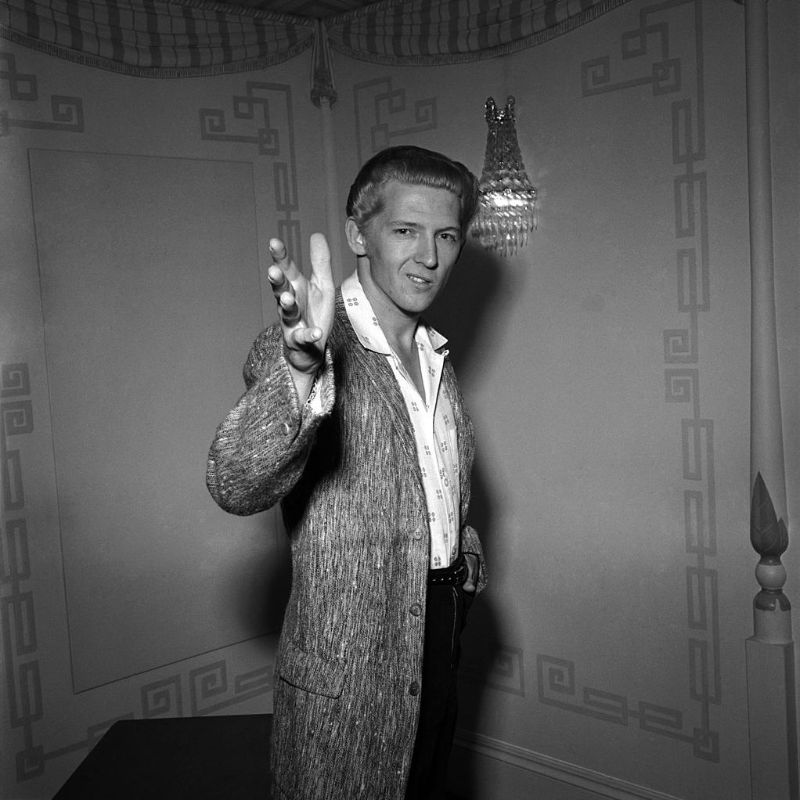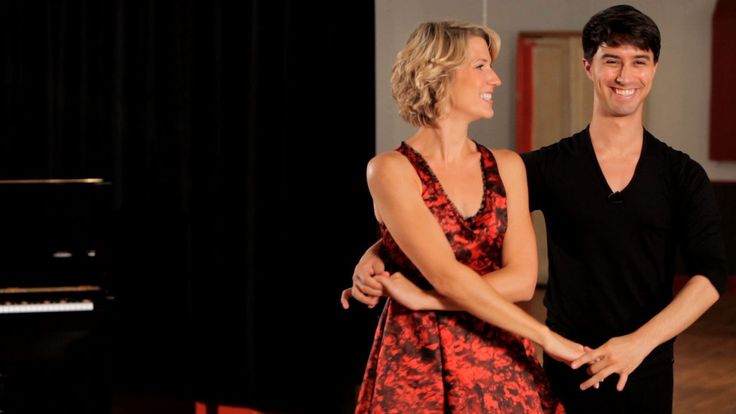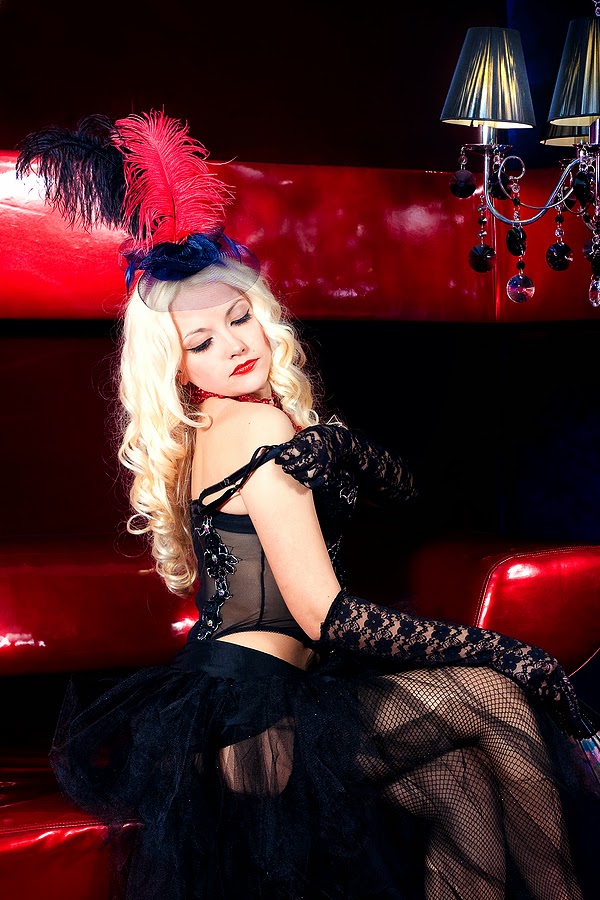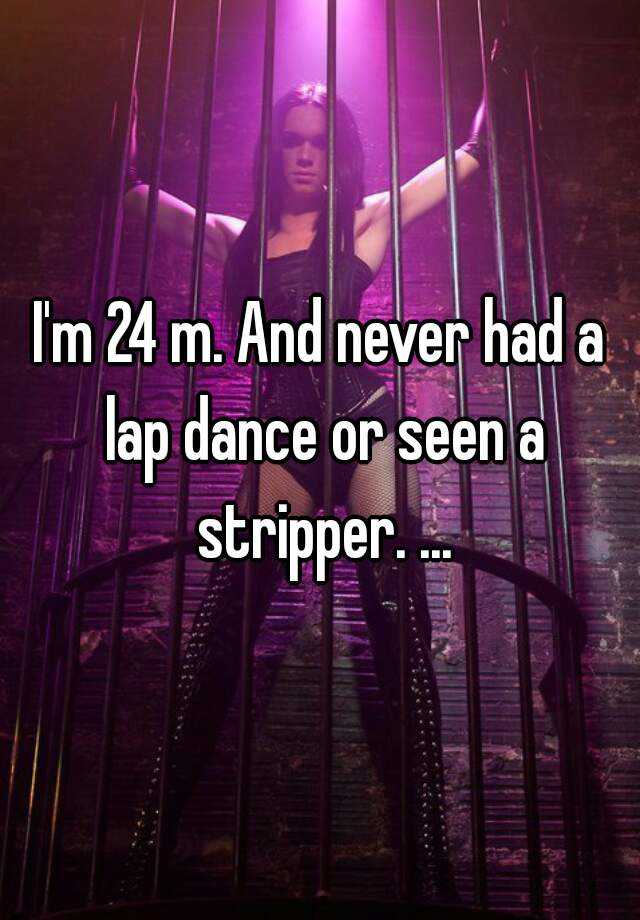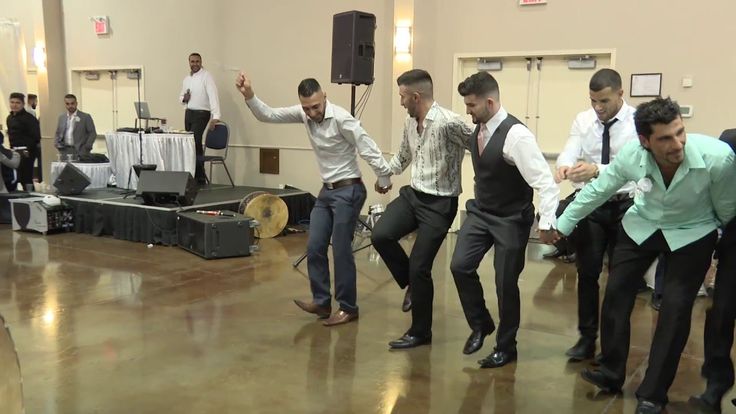How to dance zouk music
5 basic steps of ZOUK for beginners
If you've come this far it's because you want to know how to dance zouk and above all because you want to learn some steps of initiation to start dancing Zouk, right?
In fact, Zouk is one of the dance styles that is gaining popularity and more and more schools are offering zouk classes and lambazouk classes and places where you can go to dance to this sensual and characteristic music.
The style of music originated in the French Antilles and was opened to the public in the 1980s. However, to date it has already reached different parts of the world and is usually danced in most European countries.
If you are a lover of sensual music and you dare to discover yourself with a new style of dance the Zouk is for you!
In this post we are going to show you 5 basic steps to start dancing Zouk (although they are not the only ones) but they will help you to get a good base.
You ready to go?
Image Source Berg Chabot
But first.
In case you didn't know, the Zouk is a dance style that has 3 rhythms and is danced in pairs. It is characterized by its smooth, very sensual movements, and stands out for the twists and turns of the girl's head.
As in all couples' dances, the man is the one who guides the woman in her movements, and she simply has to let herself go and flow through the music.
However, as it is already very common nowadays, and there is no rule that determines who dances with whom, any combination of couples can be observed on the dance floor. Women carrying women, men carrying men with men and vice versa. The point is to be able to dance and enjoy!
Step 1 - Basic Zouk step
The basic step of the Zouk has a rhythm of 3 steps that can be danced in the 1 or 3. The first step is the main and the most prominent, and the two prominent steps are marked in small.
The man will always mark the step forward and the woman will always mark the step back and vice versa.
It is very important to have a clear rhythm and to integrate it. When you start to dance a style it is always recommended to do the foot counts, however, we also recommend to feel the music to combine it with the basic steps, so that it is not so automated and is more fluid.
Step 2 – "El Corredor"This step allows us to combine the basic Zouk step with another combination of movements to change the position with our partner.
It is very important to stay well connected with the couple, especially holding hands to notice how the guide sets the pace.
The steps of the corridor feet are: open, position and cross, and so on from right to left.
You dare to try it?
Below is a video explaining the steps very clearly. The easiest way to learn is by practicing!
Step 3 – Turning with setbacksThis step would be a combination of the runner's step and the turn, which is why it is called a twist with a setback. However, this step is a little more complete as the woman can also put the detail of the head.
However, this step is a little more complete as the woman can also put the detail of the head.
The count is always the same, 1, 2 and 3 are marked side to side. To combine this step, first mark the basic step and in the second count the woman turns. Keep in mind that you also have to put in the detail of the head, so you have to learn it step by step.
I start the feet with the turn and the figure of the bodies, and once these steps are assimilated add the head movement, which gives it an incredible touch.
Watch the video below to practice it with your partner!
Step 4 – Zouk ripplesIn the Zouk dance it is very important to know how to make waves as they are used very often during the dance. Besides giving it a very sensual touch.
Did you know that the best way to learn to make waves is with the wall or with a mirror?
And if! It may sound a little weird, but if you look at the video we've shared below, it's the best way to do it.
Waves can be made in two ways, starting at the top (head) or from the bottom of the body (knees).
If we start the wave from the head, the key is to take out each part of the body naturally and in a chained way (head, neck, shoulders, back, pelvis, legs, knees) and until we reach the end. If the wave starts from the bottom it's the same but the other way around.
So, you know, start practicing the waves at home so that they come out more fluidly little by little!
As you can see in the video in pairs, the two dancers make the wave and their bodies collide with each other forming an asymmetrical wave visually. A very nice effect visually and fun to run once you master it.
Tutorial on how to make waves
Remember to activate the subtitles in your language.
Zouk waves in pairs
Remember to activate the subtitles in your language.
Step 5 - Head movement
Finally, we would like to highlight the head technique (especially for women), as it is performed continuously during the Zouk dance.
The movement of the head has to be practiced little by little so that it is done in a natural way.
Message for the girls: be very careful with the head movements, and above all do some good stretches before dancing Zouk. We don't want anyone to get hurt!
Now you know, if you're looking for a very sensual dance style like Bachata, Salsa or Tango, Zouk is your style.
Dare to dance the dance style that is slowly gaining popularity in dance schools and in the ballrooms.
What are you waiting for when you find the nearest zouk school in your area and start dancing.
Feel free to share your first experience dancing Zouk with us.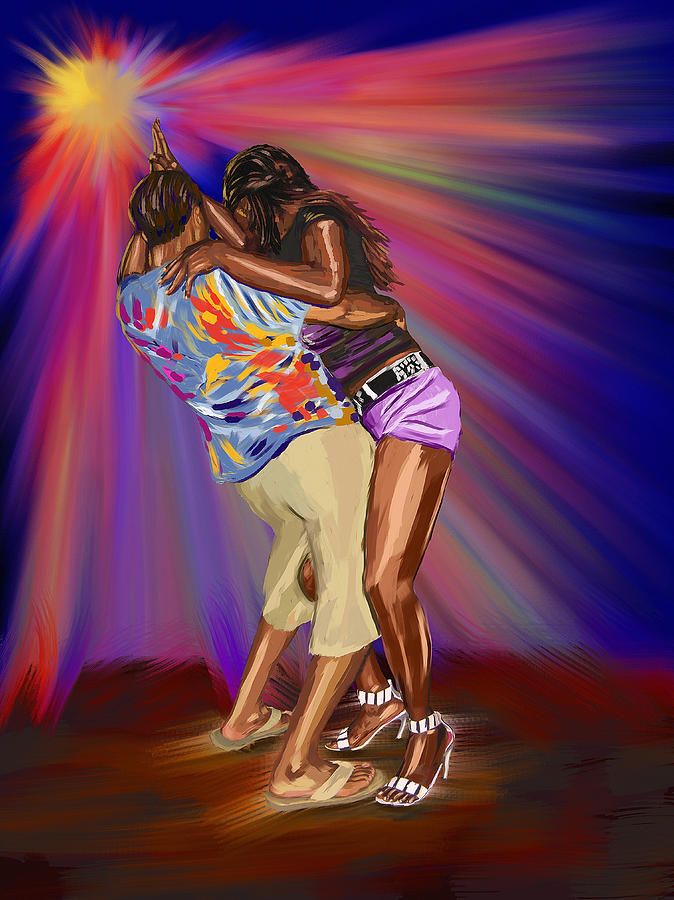 We'd love to hear from you!
We'd love to hear from you!
What made you want to learn to zouk?
Tell us the reason in the comments, we'd love to hear your story. Thank you! Thank you!
All about Zouk Dance | Key Elementes to Dance Brazilian Zouk
There are many people who are feeling terribly hopeless nowadays, they’ve been driving themselves crazy, because they got frustrated with their lives, at a point where they have even lost all their illusions; if you are one of those who feel the same way I want to suggest you to start dancing and to encourage you a little bit more to do so, I’m going to tell you some benefits that dancing could bring to our minds, without mentioning countless of physical advantages that it gives us too; because mental health is something serious and really important that we all should take care of. However we are going to talk particularly of one dance style: Zouk, but wait why Zouk? What’s Zouk to begin with? Discover it with us!
Zouk is considered a sensual and energetic dance.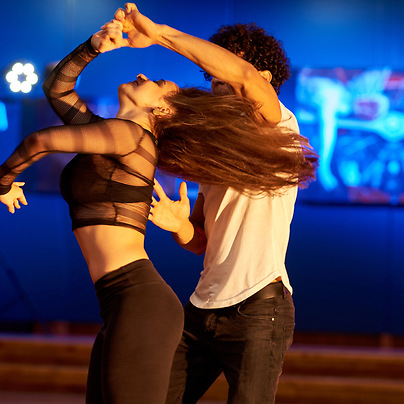 The Zouk rhythm originated in the French colonized Caribbean islands, is quite common in the Caribbean, just like meringue. It was created by the band Kassav, which mixed rhythms and musical styles such as Calypso, carnival, and Makossa. The name Zouk comes from the Creole dialect of Haiti (a mixture of French and African languages) and it is translated as “party”, in that case, let’s Zouk!
The Zouk rhythm originated in the French colonized Caribbean islands, is quite common in the Caribbean, just like meringue. It was created by the band Kassav, which mixed rhythms and musical styles such as Calypso, carnival, and Makossa. The name Zouk comes from the Creole dialect of Haiti (a mixture of French and African languages) and it is translated as “party”, in that case, let’s Zouk!
In Brazil, its base was developed from the lambada, and the movements were adapted to the rhythm of the music, performing more slowly turns and many arm movements as a styling component. Zouk is danced to a slow-quick-quick rhythm, the strong beats, and therefore longer steps being on the first, third & fourth beat. The basic step, called paddling, is similar to walking back and forth, leader and follower facing each other.
Zouk is danced with a belly to belly connection, with small steps and changing the weight, the follower dances in the balls of their feet twisting slightly their hips.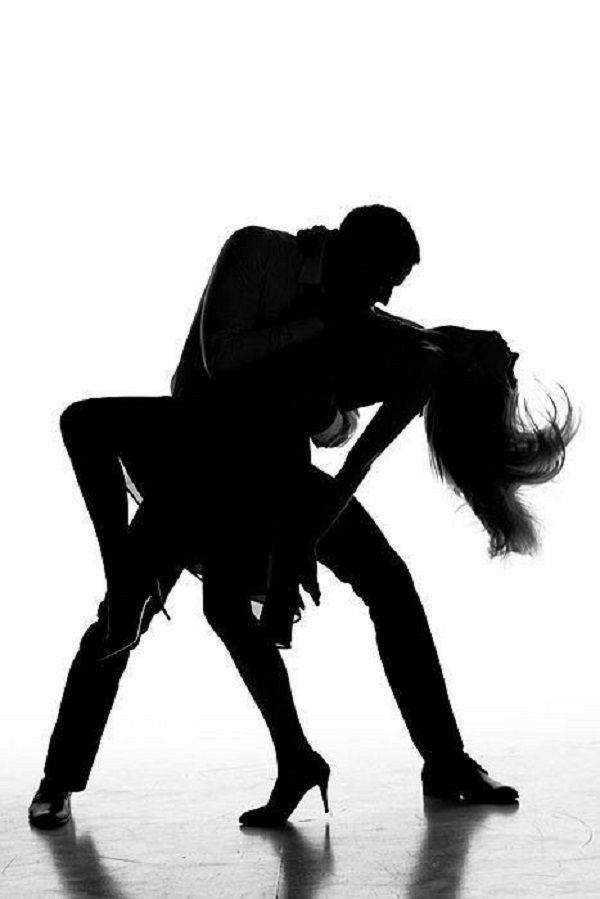 It is also necessary to understand that when we transfer our body weight, our head follows that movement by consequence. Zouk is plenty of core movements, everything comes from our chest, body waves, upper body rolls, and chambres, actually, they all seem to be key factors of this dance; when you get to isolate each part of your body it feels and looks like if you’re flowing.
It is also necessary to understand that when we transfer our body weight, our head follows that movement by consequence. Zouk is plenty of core movements, everything comes from our chest, body waves, upper body rolls, and chambres, actually, they all seem to be key factors of this dance; when you get to isolate each part of your body it feels and looks like if you’re flowing.
When someone is dancing Zouk it gets hard to stop watching them, because it is a very eye-catching dance. To form a perfect partnership in this type of dance is difficult to achieve, as it is necessary to find someone who fits your same energy and who responds to the connection of your bodies since the embrace in this dance is very closed. You both have to be able to read the rhythm of the music, getting a smooth symmetrical harmony. Yo can learn the basics of this great dance with this StepFlix class
The way of dancing Zouk around the world changes in each place, in some cities people incorporate ballet and contemporary steps into it, while in some others Zouk has a high hip hop influence, the mixture of all these styles makes it more interesting and funny.
-It improves our personal relationships, as it helps us overcome loneliness and shyness by allowing us to meet new people, creating connections, and establishing solid friendships that might last longer since both, you and your friends would be involved in the same world, sharing similar things and building memories together.
– It reduces stress and tension, because the simple fact of listening to Zouk music, activates dopamine in our brain which put us on a pleasant mood, getting rid of any sorrow, fear or anxiety, in scientific terms it means that Zouk beats directly affects the strengthening of our immune system, which is so convenient nowadays.
– It also gives us happiness and increases our creativity, by letting us experiment with new moves. Our body flows, increasing our vitality and our mind gets free, improving our vital energy.
– It helps us express our emotions, to channel adrenaline, giving us self-control, and it also builds up our self-esteem and confidence, lifting our spirits, and promoting clarity of thoughts.
Let’s revolution our mind, life, and the entire world by dancing Zouk!
in Sin categoría
Zouk.in.U What is Zouk? - Zouk.in.U
As long as there is humanity, there are as many dances. These are ritual dances in primitive tribes before hunting, and appeasement of evil spirits, and dances at the birth of a new person, and funeral dances, seeing off the soul to a better world, and dances calling for war with enemies ... and much more.
“…When do people sing? When they are having fun, they sing. They sing at demonstrations. They also sing when they are happy ”(c).
They also sing when they are happy ”(c).
The same goes for DANCE. It is impossible to imagine humanity without dance.
There are different dances, those whose popularity is impenetrable, and there are those that have lost their popularity over time.
There are folk, ballroom, sports and social dances.
And everyone has their own "talents and admirers". Every person whose soul sings and wants to dance, among the abundance of dances, can choose the dance that is closest and in tune with himself, his attitude and perception, his mood. And how can one not remember Eliza Doolittle with her “I want to dance until the morning, I want to dance - my time has come!”
Or is it from the eighties: “Well, what makes you so drawn to dance?”
There are dances that seemed to have always existed.
And there are dances that have appeared recently.
One of these recent dances is the extremely sensual dance ZOUK. He is the same age as the current young generation, he comes from the eighties, from their first half - from very recent history.
Zouk music originated in the French Caribbean, Guadeloupe and Martinique. In the Creole language, the word "zouk" means a party, party, fireworks. Zouk music is a symbiosis of Haitian compa music, balacadry, pop music, Dominican music cadence and bal grandmont, antillean gwo ka, as well as mazurka and beguine.
The first popularizers of zouk in the Caribbean, and then in Latin America and around the world, was a musical group from Guadeloupe and Martinique "Kassav" (Kassav'). Its founders, the brothers George and Pierre-Edouard Décimus and Jacob Desvarieux, having polished and ennobled the carnival music of their homeland, added a little bit of salsa, soul vocals, reggae to it. The result was a zuk.
Zouk became famous for the concerts, which were spectacular theatrical costume performances with various impressive elements.
Zouk songs sing about passion, separation and love, although their lyrics are only available to those familiar with the Creole language and French mixed with the language of the local Negro population. But the main theme, I repeat, is love.
But the main theme, I repeat, is love.
Zouk is popular in Quebec, Canada, Brazil and the Dutch Antilles. In Europe, it became most popular in France. Zouk gained popularity in Asia as well. On the Cape Verde Islands (Cape Verde) developed its own special direction of zouk. The dance is also popular in Asia.
If we talk about zouk as a dance , then at the moment the following directions can be distinguished:
3. Brazilian ZUK
3.1 Classic Zuk
3.2 Lambazuk
3.3 Soul ZUK
3.4 Neo ZUK
3.5 ZUK Flow 9000 3.6 ZUK Revolution
One of the most popular viscous visuals. This is a style of dance derived from the lambada and performed to the rhythms of the zouk.
In the summer of 1989, Kaoma's song "Lambada" (the text of which, by the way, was simply ... a plagiarism of the composition "Llorando se fué" by the Bolivian group Los Kjarkas J) unexpectedly conquered the world charts. Music and dance, which until then were known only in Brazil, became popular all over the world. Lambada fever swept the whole world, the song came from everywhere: from irons to radios.
Lambada fever swept the whole world, the song came from everywhere: from irons to radios.
But nothing lasts forever under the moon, 4 years have passed and the popularity of lambada began to decline. Music and dance were losing their ubiquity, and millions of fans around the world were helpless. Some dancers have begun to mix lambada with other musical styles in order to fully enjoy it before it fades into oblivion forever. As a result, they settled on the Franco-Caribbean zouk and kizomba.
Thus began the era of the zouk lambada, or simply lambazook.
Over time, lambazouk began to change and new directions began to appear, such as classic Brazilian zouk, neozouk, zoukflow, and now zouk can be danced to R'n'B, reggaeton, dancehall..
So.
Zouk-love (zuklav) is a variety of zouk, a Haitian and Franco-Caribbean variant, which is considered one of the leading types of dance. The pace of performance is slow, expresses lyrical and dramatic feelings of love and parting. Quite simple to perform, basic steps with the transfer of weight from one leg to another. Hip movements are light and smooth. It is characterized by the maximum proximity of partners during the dance and limited movement in space. Zouk-love is a club dance.
Quite simple to perform, basic steps with the transfer of weight from one leg to another. Hip movements are light and smooth. It is characterized by the maximum proximity of partners during the dance and limited movement in space. Zouk-love is a club dance.
Kizomba (Kizomba) is a modern urban popular dance for couples, as well as a musical genre. Kizomba is a sensual, romantic, rather sexy dance. This dance originated as a mixture of the traditional Angolan semba and the Caribbean zouk. Due to the similarity of the rhythm, the musical style of kizomba is sometimes confused with the Brazilian zouk, however, unlike zouk, kizomba is less sweeping and energetic dance, as well as closer (partners almost do not increase the extremely close distance during the dance).
Styles of Brazilian Zouk:
In addition to the main styles of Brazilian Zouk ( Porto Seguro and Rio Style ) there are a number of less common and newer styles.
Rio Style - Also called Carioca Lambada or Rio Style Lambada. He was born in Rio de Janeiro, specifically on Ilha dos Pescadores around 1989. Mom and dad of this style are Adilio Porto and Renata Pesaña. Adilio came up with some basic steps of Rio style: he transformed the basic step from the basic step of Samba de gafiera, viraginha and lateral from bolero, mutual turns from jive.
Porto seguro style (lambazouk) is one of the most common Zouk styles and is often seen as an evolution of the original Lambada, although in its current form it is very different from the original. This style is characterized by energetic performance and a "joyful" mood. Although it is an energetic and rather fast style, the movements in it are smooth, continuous, and at the same time rhythmic. The dancers follow in a circle, "flowing" from one movement to the next.
Soulzouk (soulzouk ) - was created in 2005 in China by a teacher from Brazil. Soulzuk or zouk-FreeStyle is a new way to dance zouk. More modern, it differs from the traditional Brazilian zouk in a new way of connecting with the music. This type of dance can be performed not only to zouk music, but also to various musical genres such as hip-hop or R'n'B. Soulzuk has introduced many innovations to the dance such as the twist step and many others
Soulzuk or zouk-FreeStyle is a new way to dance zouk. More modern, it differs from the traditional Brazilian zouk in a new way of connecting with the music. This type of dance can be performed not only to zouk music, but also to various musical genres such as hip-hop or R'n'B. Soulzuk has introduced many innovations to the dance such as the twist step and many others
Neozouk was created and promoted by DJ Mafie Zouker. The music can shift from a traditional uninterrupted baseline, as in Zouk Lambada, to soft sounds and melodies or hard Industrial, ranging from traditional melodies from Brazil to remixes of popular music with an emotional tinge. All of these musical variations create space for the dancers to effectively express the accents and slow down the music. In Neo-Zouk, they usually dance in a circle, without breaking the connection of the hands, often the tools of the counterweight of the partners connected in movement are used to lead.
Zouk-Flow (zoukflow) - smooth and consistent "flow" of impulses of the partner's arms and body into the movements of the partner's arms and body.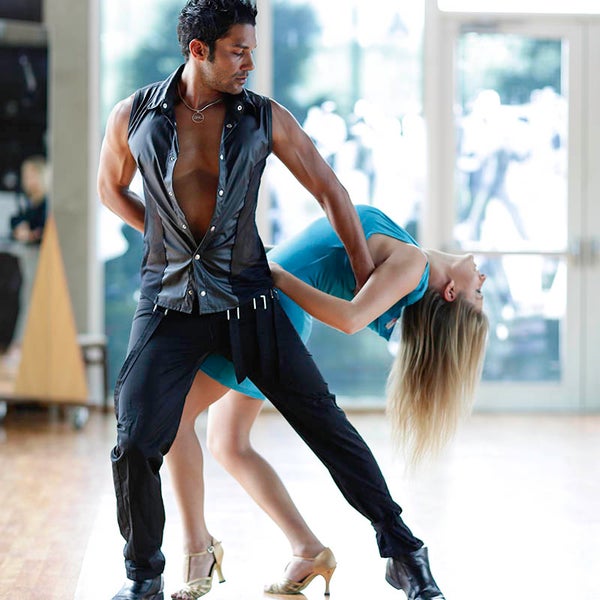 That is, the partners "float" in the hands of each other.
That is, the partners "float" in the hands of each other.
What is a zouk? This is a paired, rather playful and sexy dance. Unlike the Latin American salsa dance, it is characterized by the conduct of the dance due to the hands and strongly pressed hips of the partners. It is these basic movements that give the dance a zest, bring passion to it, distinguish it from other dances. Counting in zouk is simple: one step is performed on the first count, and two steps on the second. Steps and turns of the partner are accompanied by circular rotations of the head.
Zouk in Brazil is danced using modern, "rounded" and sensual lambada movements. In the basic step, when the partners move in different directions, the hips begin to move first, then the whole body follows them. This is what sensuality achieves. Girls are encouraged to have long hair, this gives the dance additional beauty. The dance is replete with beautiful curves of the body and wave movements, and the zouk music resembles the rhythm of a heartbeat.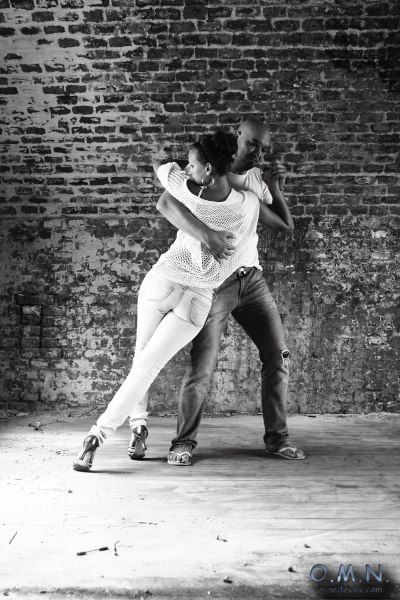 It should be noted that in the Brazilian zouk the flexibility of the girl is used by 100%. She has to bend in all directions, throw her head back, do head rolls, cambrai, and so on. Her movements resemble a trembling blade of grass in the wind. Numerous turns, beautiful hand movements, approaching and distancing partners from each other - all this is combined into an amazing composition, which is woven into either smooth transitions or rapid movements. As a result, the dance becomes simultaneously like a passionate flame of fire and an endless stream of water - two things that you can look at endlessly, two elements that are so different and similar to each other at the same time.
It should be noted that in the Brazilian zouk the flexibility of the girl is used by 100%. She has to bend in all directions, throw her head back, do head rolls, cambrai, and so on. Her movements resemble a trembling blade of grass in the wind. Numerous turns, beautiful hand movements, approaching and distancing partners from each other - all this is combined into an amazing composition, which is woven into either smooth transitions or rapid movements. As a result, the dance becomes simultaneously like a passionate flame of fire and an endless stream of water - two things that you can look at endlessly, two elements that are so different and similar to each other at the same time.
In September 2012, zouk was officially recognized by the United Kingdom Alliance of Professional Teachers of Dancing & Kindred Arts (UKA) and the International Dance Organization (IDO).
In January 2013, the first documentary film "Dance of Love" about the Brazilian Zouk was released and received a special prize from the jury of the California Film Awards Festival. The tape tells about four people who have dedicated their lives to dance - Gilson Damasco, Cláudio Gomes, Shannon Hunzicker and Kwok One.
The tape tells about four people who have dedicated their lives to dance - Gilson Damasco, Cláudio Gomes, Shannon Hunzicker and Kwok One.
Val Clemente and why "Zouk needs you": zoukability — LiveJournal
Val Clemente and why "Zouk needs you" val-clemente-why-zouk-needs-youNot all dancers are great teachers. And not all teachers can make you learn and laugh at the same time! One of those who does this very well is Val Clemenci, a zoo teacher from Rio de Janeiro. And so, when he met me this year, I was very curious to know how he does it!
This is a ZoukTheWorld interview with Val Clemenci where we talked about what creates a positive vibe, what is most important in Zouk and how to master the most difficult moves like headworks. We also discussed whether it makes sense to divide zouk into different styles and which style to learn. And of course, I asked about "Zouk needs you" and how we could spread the zouk.
ZoukTheWorld: Can you tell us a little about when and how you first met Zouk?
Shaft: When I first saw zouk, I was already doing Brazilian ballroom dancing ( dança de salão). My dance school also had zouk lessons, but they were at an inconvenient time for me. At parties, I saw people dancing zouk, but I was not interested. I wanted to dance samba, tango and other dances...
My dance school also had zouk lessons, but they were at an inconvenient time for me. At parties, I saw people dancing zouk, but I was not interested. I wanted to dance samba, tango and other dances...
ZTW: And when was that?
Shaft: This was 15 years ago, in 2002.
One day at a party I saw Adilio Porto and Renata Pesaña dancing the zouk and I got interested. Before that, I practically did not know what kind of dance it was. Then I really liked it, and I found a teacher, Eriko Rodrigo, and asked him to teach me zouk. He explained that zouk was not his specialty, but that he could teach me. Eriko had already danced lambada and was from the same dance company as Renata, and he was one of the first teachers at the dance school of Jaime Arocha. This is the same school that Renata and Adilio graduated from, and at that time they all danced in the same company. So I began to study traditional zouk and after a while I began to look for other ways of learning.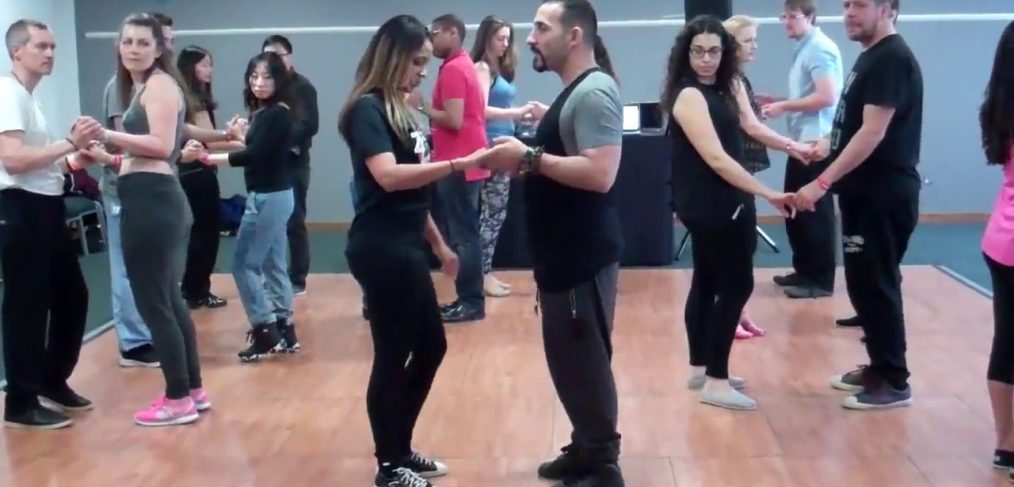 Eriko introduced me to other teachers, including Renate and Adilio, and there were other teachers in my school that I could learn from. That was my first contact with a zouk.
Eriko introduced me to other teachers, including Renate and Adilio, and there were other teachers in my school that I could learn from. That was my first contact with a zouk.
ZTW: Your classes have a very positive atmosphere and you are widely known for your sense of humor. How do you keep such a great mood when you work long days and nights and travel for many months in a row?
Shaft: I think there is a energy cycle , I strongly believe in it. When I gave my first lessons, I thought about giving energy to people and receiving energy from them in return. In fact, part of my energy comes from students just like that. Sometimes people come to class and don't realize they have this energy to share. Then I offer them my energy, and in return they begin to share theirs.
When I travel, I send out the same energy. I give part of the energy and I receive part of the energy - this exchange always exists. And I'm in a good mood because I love it and I love to see people laugh!
ZTW: What do you think is the most important thing in learning the sound?
Shaft: I think that is the most important thing - not only in zouk, but in any dance - it is the base, the foundation. Not only technical base. I prefer to talk about the general basis, it includes the technical basis and the cultural basis. I think there is also a personal, psychological basis. Of course, we must understand the key movements; it's like learning to read or write. But you also need to know something about dance culture. And then we will begin to better understand the dance itself.
For example, many people say that the zouk is danced very close. And they ask me why? This is a cultural feature. In other cultures it's not very common to dance too close to each other, people don't like to dance together. But in Brazil, being close is normal. And therefore it is natural that in Brazilian dance this is also expressed, right? In forro we dance together, in samba we also dance together.
People should study the cultural and general background in order to better understand the dance. I think this is important and will help you understand everything else better.
ZTW: Is there a zouk question that students ask you the most? And how do you answer it?
Shaft: Students ask a lot about head movements. For me it's all the same as the previous question. When people don't understand the basics of dance, their attention gets stuck on the hardest part. For example, if you go to an acrobatics class, you think you should be able to jump and do three turns in the air. But the teacher explains: first you have to learn how to roll on the floor.
For me it's all the same as the previous question. When people don't understand the basics of dance, their attention gets stuck on the hardest part. For example, if you go to an acrobatics class, you think you should be able to jump and do three turns in the air. But the teacher explains: first you have to learn how to roll on the floor.
People who ask about head movements find them very difficult. But it's not. It will be difficult for you if you do not understand the base. When you master the basics, it will be easier.
ZTW: Now there is a lot of discussion about how to separate the styles of zouk, and there are many names for different styles: traditional zouk, lambazouk, neo zouk, black zouk, flow zouk, soul zouk, vero zouk... Do you classify yourself in any category?
Shaft: When asked what style of zouk I dance, I answer: "I just do zouk" . You can look at my dance style and decide if you like it or not. Some try to give a name to my style, many call it "modern zouk". But I don't like it. Why? I think the zouk is self-sufficient on its own .
Some try to give a name to my style, many call it "modern zouk". But I don't like it. Why? I think the zouk is self-sufficient on its own .
I think that things that you divide into many small parts remain small. And my opinion is that all sound styles should more or less have a common base. So it becomes easier, we continue to understand each other and communicate in the same language.
ZTW: And do you think it's better to focus on one style of zouk or learn several different styles?
Shaft: I think that the sound is very large now. In my opinion, it is ideal for a person to first master the basics of zouk, any style of zouk. It is very important to study the base in order to understand the differences between the styles. And I think that all dancers should learn a little bit of each style, because you never know which style is best for your body. Therefore, you have to try. I don't like it when people say they only dance one style and don't try to understand other styles. If you tried and realized that it's not for you, then ok. But first try.
If you tried and realized that it's not for you, then ok. But first try.
ZTW: Your slogan is "Zouk needs you" ("Zouk needs you") . Zouk is not a well-known dance. What do you think needs to be done to make zouk more famous or popular? Or, in your opinion, is it even a good thing that zouk is not as popular as, for example, salsa or samba?
Shaft: I think that zouk has every reason to become as popular as other dances. Firstly, the zouk is already in many countries. Today, if I'm not mistaken, there are about 60 countries dancing zouk. Zouk has a great prospect of becoming more famous thanks to the abundance of such popular music as the work of Michael Jackson, Rihanna, Beyoncé, under which we dance zouk.
I think the zouk needs to get bigger. But that's what I'm afraid of because a lot of pros don't work that hard on the zoo and they don't show the high quality of the zoo. When it comes to salsa, wherever you find salsa, you will always find a good salsa teacher there.

